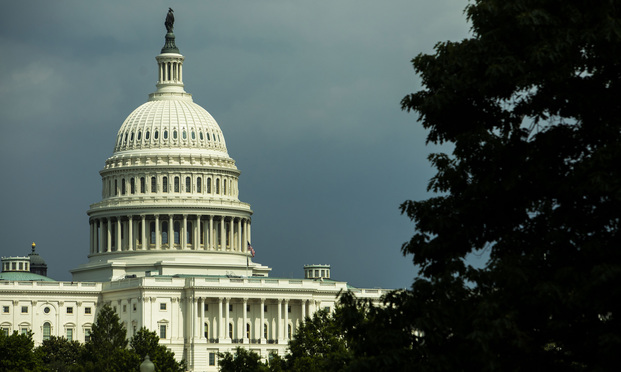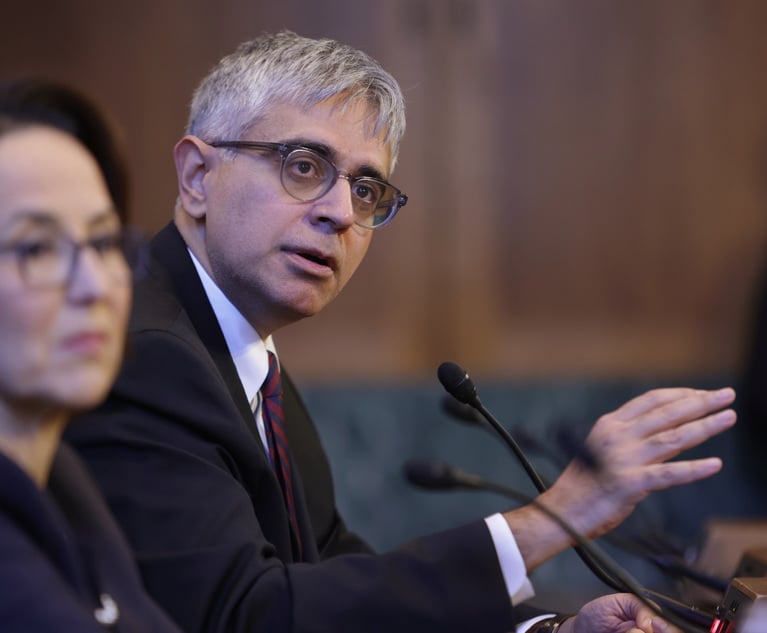The U.S. Senate’s filibuster rule requires a vote of 60 senators to invoke cloture, which terminates a filibuster to allow a bill or motion to be voted on. It takes only 41 senators, therefore, to prevent cloture and allow a filibuster to continue indefinitely. The senators of 22 states can prevent cloture. I did some rather simple math to see what that means. According to figures from the U.S. Census Bureau, the entire population of the United States as of April 2020 was 335,111,000 (all figures are rounded to the nearest thousand). The total population of the 22 states with the lowest populations is 35,761,000, which is 10.67% of the entire population. So, senators representing about one American in nine can block action in the Senate.
Of course, some lightly populated states are predominantly Republican (Wyoming, Alaska) and some are predominantly Democratic (Vermont, Delaware), and their political inclinations rarely coincide. To come up with 41 senators, the Republicans need the senators from states totaling 69,212,000 people, or 20.65% of the population, or about one American in five. By contrast, to corral 41 senators, the Democrats (and their independent fellow caucus members) need senators from states totaling 106,234,000 people, or 31.70% of all Americans, or almost one in three residents. These figures reflect the current makeup of the Senate.


 U.S. Capitol, Washington, D.C. Photo: Diego M. Radzinschi / ALM
U.S. Capitol, Washington, D.C. Photo: Diego M. Radzinschi / ALM




